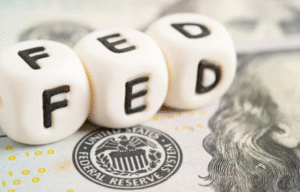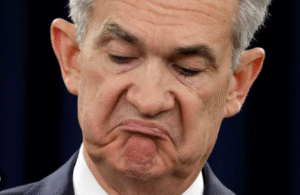$SONY $META $BTC
#UK #Inflation #Economy #ONS #VR #Tech #ConsumerSpending #Finance #MarketTrends #Retail #Crypto #Investing
The UK’s Office for National Statistics (ONS) has updated the items it uses to measure inflation, reflecting shifts in consumer spending habits. Among the notable additions to the UK inflation basket are virtual reality (VR) headsets and pulled pork, signaling changes in both technology consumption and food preferences. The inclusion of VR headsets acknowledges the growing popularity of immersive digital experiences, with companies like Meta ($META) and Sony ($SONY) leading advancements in this space. Meanwhile, the addition of pulled pork suggests an increasing consumer appetite for convenience foods and evolving dining trends. These changes illustrate how inflation measurements adapt to contemporary spending habits, offering insight into broader economic shifts that affect financial markets and investor sentiment.
VR technology has been gaining traction, particularly in gaming, entertainment, and professional applications such as virtual meetings and training simulations. The inclusion of VR headsets in the inflation basket reflects their rising adoption and price relevance, which could indicate future consumer trends. Companies heavily involved in the metaverse and immersive digital experiences could see increased demand, impacting revenue streams and stock valuations. Meta’s aggressive investments in VR through its Reality Labs division suggest confidence in long-term profitability, despite initial financial losses. Sony, with its PlayStation VR line, also stands to benefit from the trend. Investors may interpret this development as an indicator of potential market expansion, which could influence tech stock performance in the coming months.
The addition of pulled pork highlights shifting food consumption patterns, emphasizing demand for convenience and ready-to-eat or pre-prepared meals. This could be linked to changing lifestyles where consumers prioritize quick, flavorful meals over traditional home-cooked options. Companies within the food retail and production industries may need to adjust their offerings to match these evolving preferences. The broader implication for inflation analysis is that food prices continue to be a significant factor in cost-of-living calculations, particularly as supply chain disruptions and global economic conditions impact food costs. Investors monitoring food producers, restaurant chains, and grocery retailers may take note of these trends when assessing potential investment opportunities.
Overall, updates to the inflation basket provide crucial insights into economic trends, consumer behavior, and potential investment opportunities. The recognition of VR as a mainstream consumer product reinforces the growing technological shift toward immersive experiences, which could drive significant market activity in the coming years. At the same time, the focus on food consumption patterns highlights the ongoing impact of inflation on everyday consumer spending. As central banks and policymakers assess inflation data for monetary policy decisions, financial markets will closely watch the evolving composition of the inflation basket for signs of economic shifts that could influence stocks, crypto markets ($BTC), and broader investment strategies.











Comments are closed.